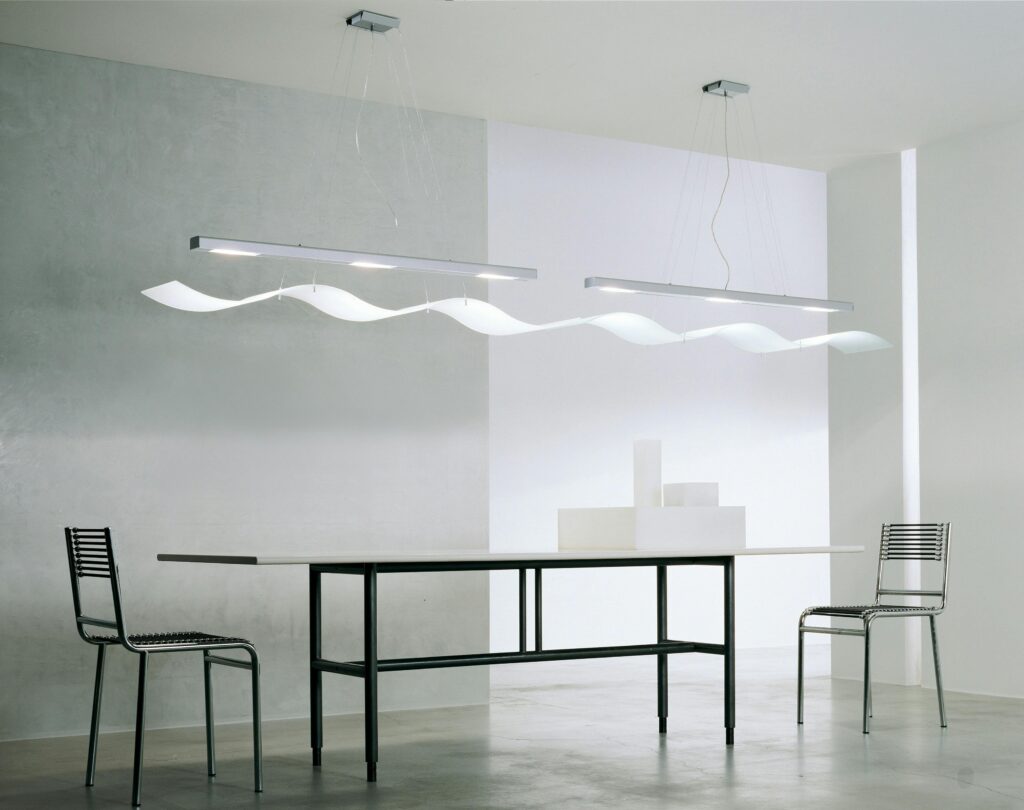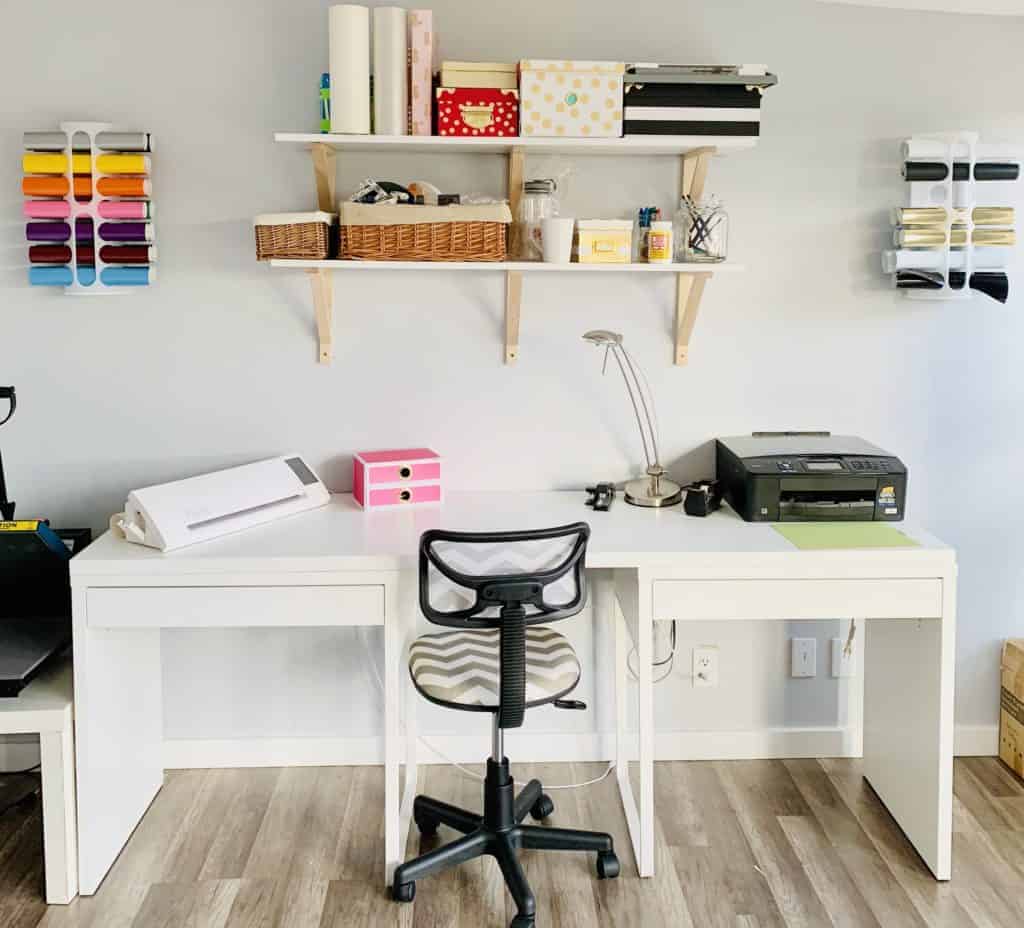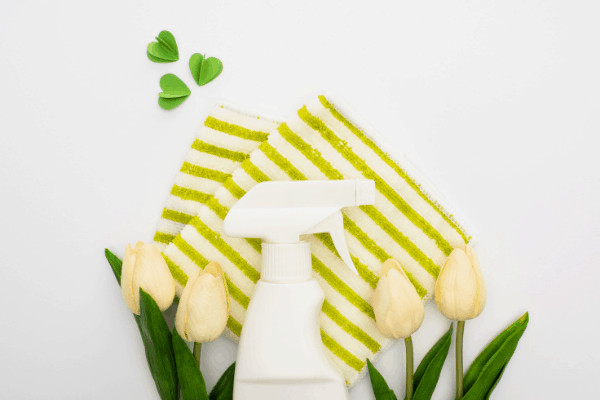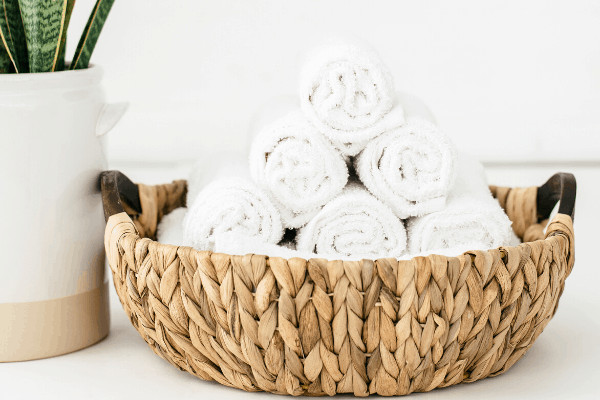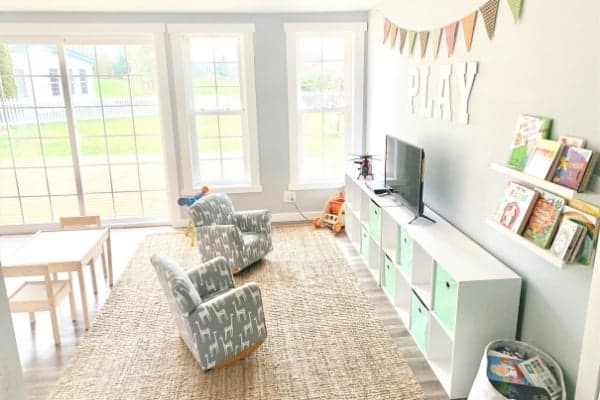Minimalism is more than just a style of design—it’s a lifestyle that encourages simplicity and peace. In Greenwood, where people value both modern conveniences and the beauty of nature, adopting a minimalist approach can help you find balance in your environment. Whether you want to streamline your life, decrease stress, or create a more functional and welcoming home, minimalism has tangible benefits. In this blog, we’ll provide practical tips and strategies to help you transform your home into a minimalist retreat, enabling you to live a simpler, more purposeful life.
1. Define Your Minimalist Goals
Before you begin paring down your possessions, it’s important to define what minimalism means to you. Do you want to reduce clutter, enhance your home’s functionality, or both? Set clear, achievable goals such as decluttering certain areas, minimizing your wardrobe, or simplifying your living spaces. Knowing your objectives will guide your decisions and keep you motivated throughout the process. Remember, minimalism isn’t about stripping away joy or comfort but enhancing your environment to better meet your needs.
2. Declutter Ruthlessly
The first step to creating a minimalist home is to declutter ruthlessly. Start by sorting through your belongings and deciding what truly adds value to your life. For each item, ask yourself if it’s necessary, if it brings you joy, or if you’ve used it in the last year. Be honest and strict with your answers; this is about creating space, not filling it. Items that don’t make the cut can be sold, donated, or recycled—choose whatever feels best for you and the item’s condition.
3. Optimize with Smart Storage
Even after decluttering, you might find that you have items you need but don’t use regularly. To keep these items without cluttering your living space, smart storage solutions are essential. This might involve better organizing your closets, investing in multi-functional furniture, or using external storage options. For items like seasonal decor or sports equipment, you might want to get a storage unit. Look up self storage Greenwood online to find nearby facilities that can safely store your belongings until they’re needed.
4. Choose a Neutral Color Palette
Embracing a neutral color palette is key to achieving a minimalist home. Neutral colors—such as whites, beiges, and soft grays—create a calm and cohesive look throughout your space. These colors not only make rooms appear larger and more open but also allow your remaining belongings to stand out as focal points. When selecting paints, furnishings, and decor, aim for simplicity and harmony in color choices. This doesn’t mean your home should lack personality—use textures and natural materials to add depth and warmth.
5. Invest in Quality Over Quantity
In a minimalist home, less is definitely more, so choose to invest in high-quality items over having numerous lower-quality pieces. This approach applies to everything from furniture to kitchen appliances. Quality pieces not only last longer but they also tend to have a timeless style that won’t need replacing as trends change. Furthermore, owning fewer but better items means each piece can be chosen for its functionality and beauty, contributing to a more aesthetic and practical living space.
6. Streamline Your Furniture
To further your minimalist home goals, select furniture that is both stylish and functional. Look for pieces that have clean lines and minimalistic designs that maximize space and enhance the overall feel of your home. Furniture should not overwhelm the room but complement it, allowing ample space for movement and energy flow. Consider furniture that can serve multiple purposes, like storage ottomans, sleeper sofas, or extendable tables, to maintain functionality without sacrificing style.
7. Embrace Open Spaces
Maintaining open spaces is fundamental in minimalist home design. Resist the urge to fill every corner with furniture and decorations. Instead, allow each room to have a focal point that draws the eye without overwhelming it. Open space is not just physically appealing but also gives your mind a sense of calm and order. To maintain this, choose furniture that can be easily moved or reconfigured to suit different needs or occasions. Remember, the more floor and surface area you can see, the larger and more inviting the space will appear.
8. Simplify Your Decorations
When it comes to decorations, less is often more in a minimalist home. Opt for a few meaningful pieces rather than an abundance of decor that clutters the space. For instance, a single large artwork on the wall may have more impact than several small pieces. Use items that have both functional and aesthetic value, such as stylish lamps, vases, or minimalistic sculptures. Keep surfaces mostly clear with just one or two items to avoid visual clutter, which helps in maintaining a serene and tidy environment.
9. Organize Invisible Areas
Invisible areas in your home, such as closets, cabinets, and drawers, should not be overlooked. These spaces can easily become cluttered if not regularly maintained. Invest time in organizing these areas so that everything has a designated place. Use drawer organizers, shelf dividers, and storage bins to keep items sorted and accessible. This organization extends the minimalist philosophy into areas that aren’t immediately visible, ensuring that every part of your home reflects a commitment to order and simplicity.
10. Adopt Minimalist Habits
Adopting minimalist habits is essential for maintaining a minimalist home over time. Make it a practice to reassess your possessions periodically and declutter as needed. Avoid impulse purchases by asking yourself if new items are truly necessary or if they align with your minimalist goals. Practice leaving space in your schedule and your surroundings, which can lead to a more relaxed lifestyle. Embrace routines that encourage order, such as making the bed every morning and doing a nightly tidy-up.
Conclusion
Embracing a minimalist lifestyle extends beyond mere aesthetics; it’s about adopting a philosophy that enhances your overall quality of life. By implementing the tips shared, from embracing open spaces to involving your family in the minimalist journey, you create an environment that promotes peace and functionality. Minimalism is about making more room for what truly matters—enjoy the clarity and freedom that comes from living with less. Remember, the journey to minimalism isn’t about deprivation but about finding abundance in the essentials.

